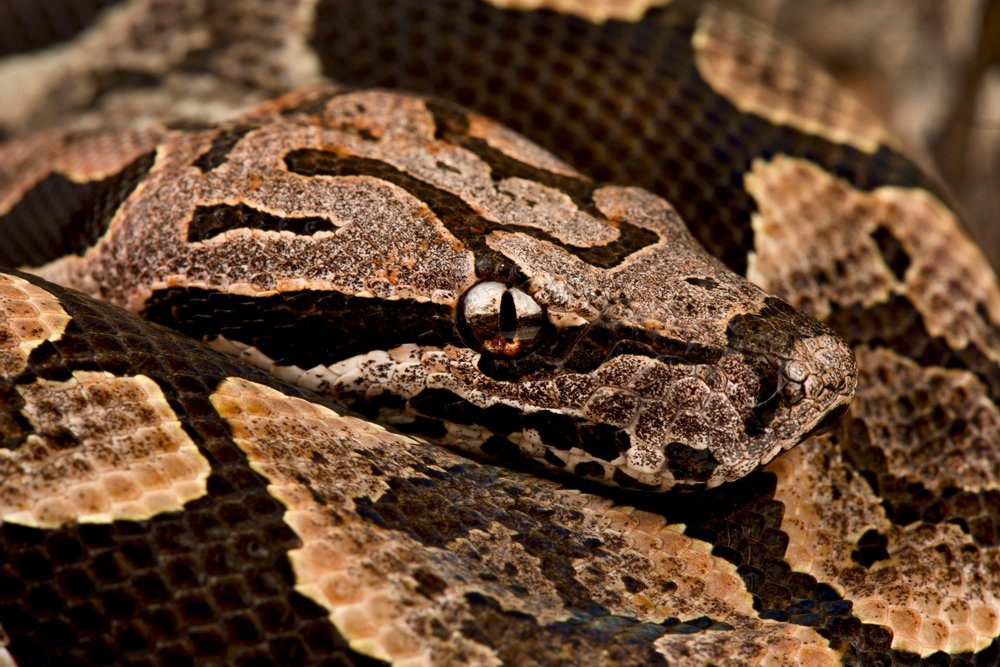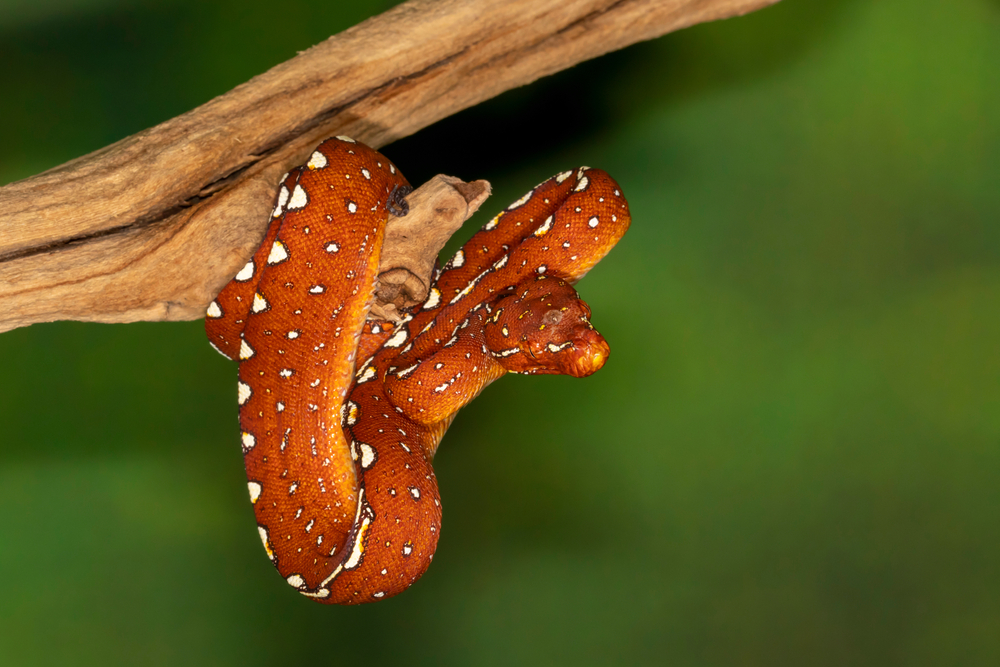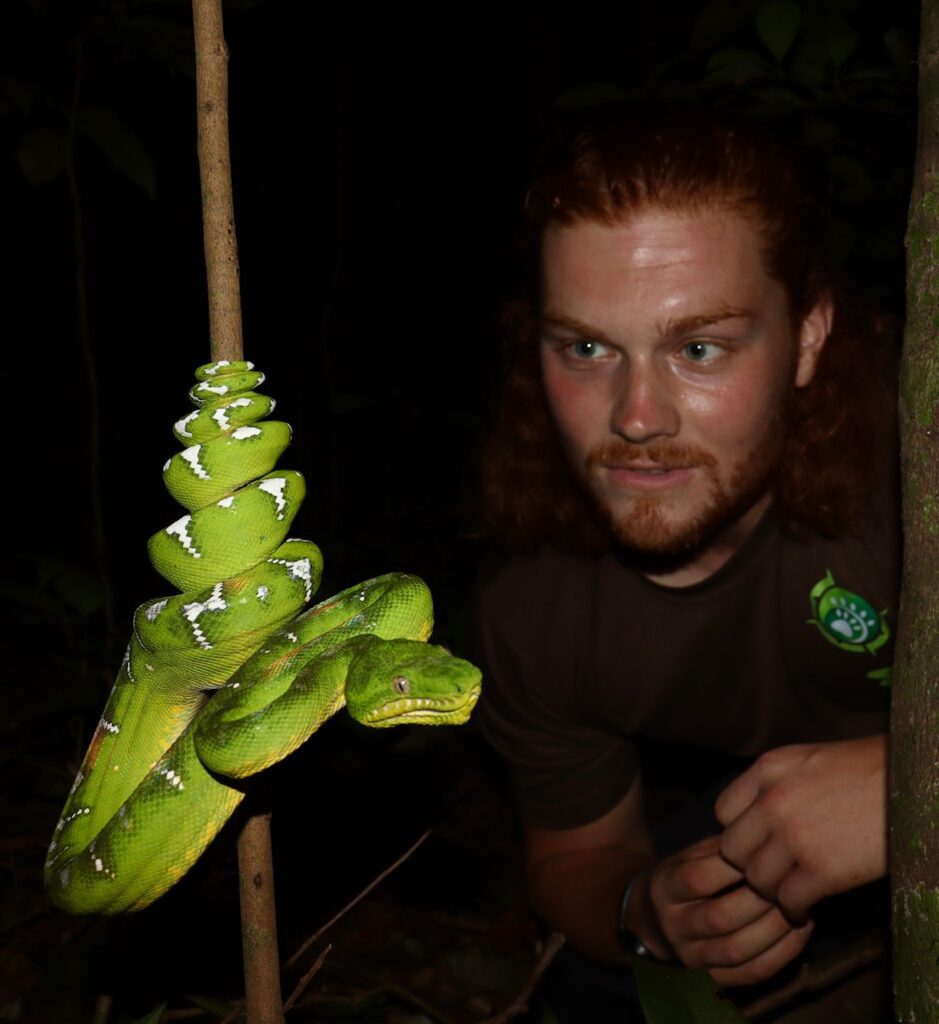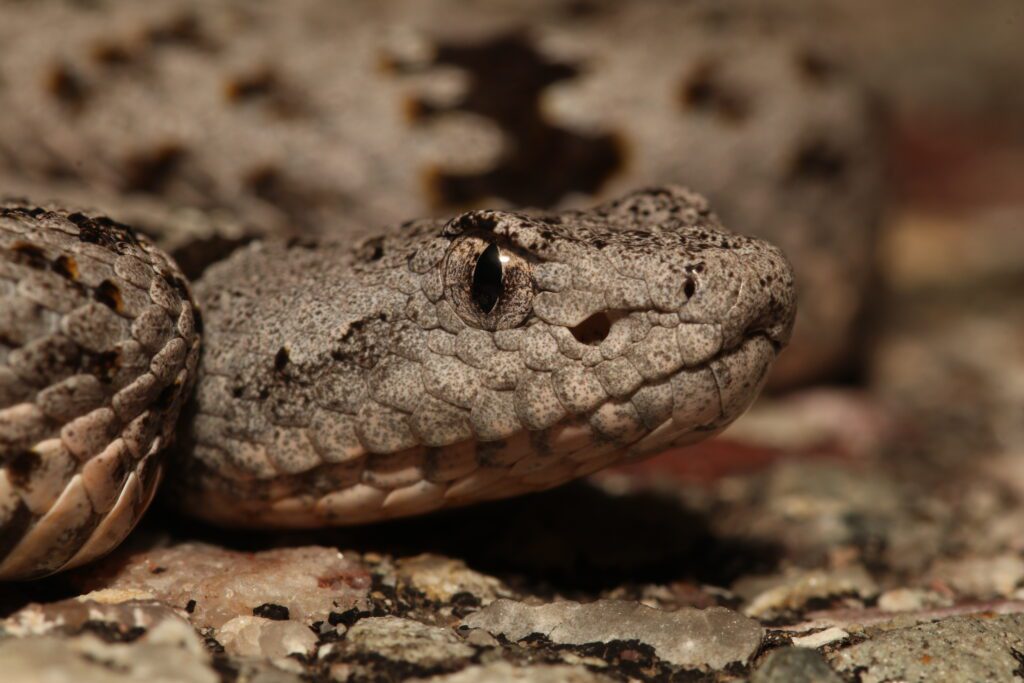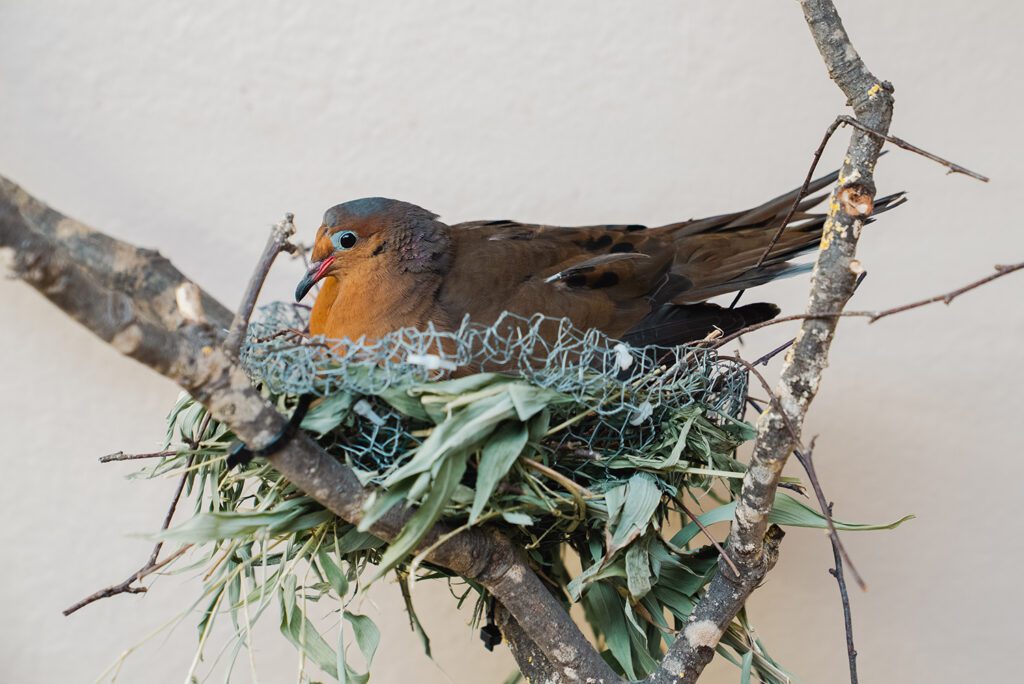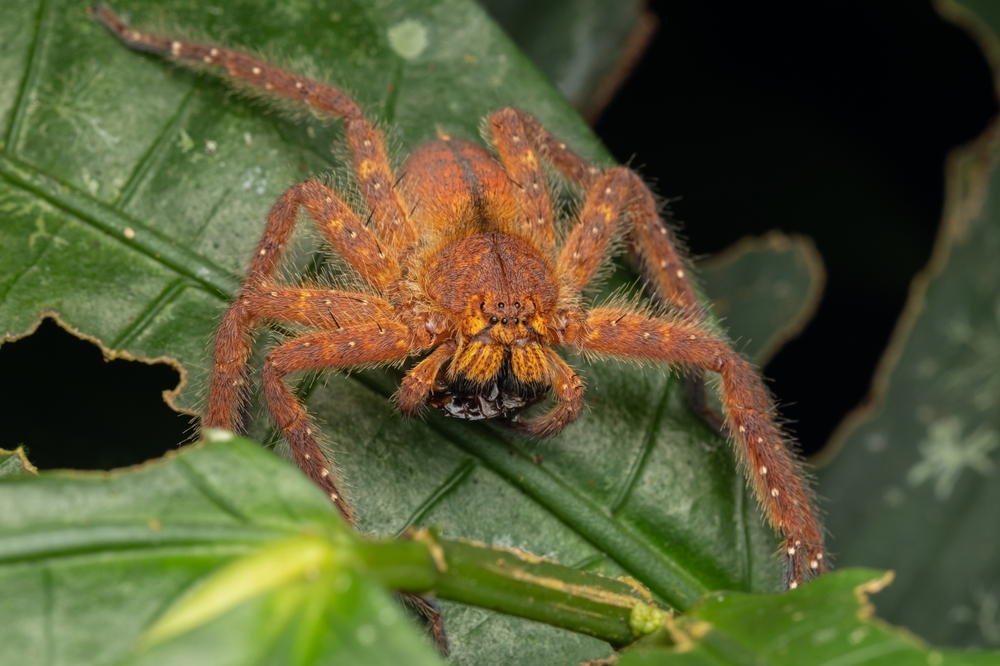The Dumeril’s boa is widely hailed as the best pet boa. Their striking patterns, docile temperaments and manageable size make them the ideal candidate for a pet Boid. As one of two species within the Acrantophis genus, these unique snakes from Madagascar are regularly bred in captivity and have been for some time, but are we keeping them correctly?
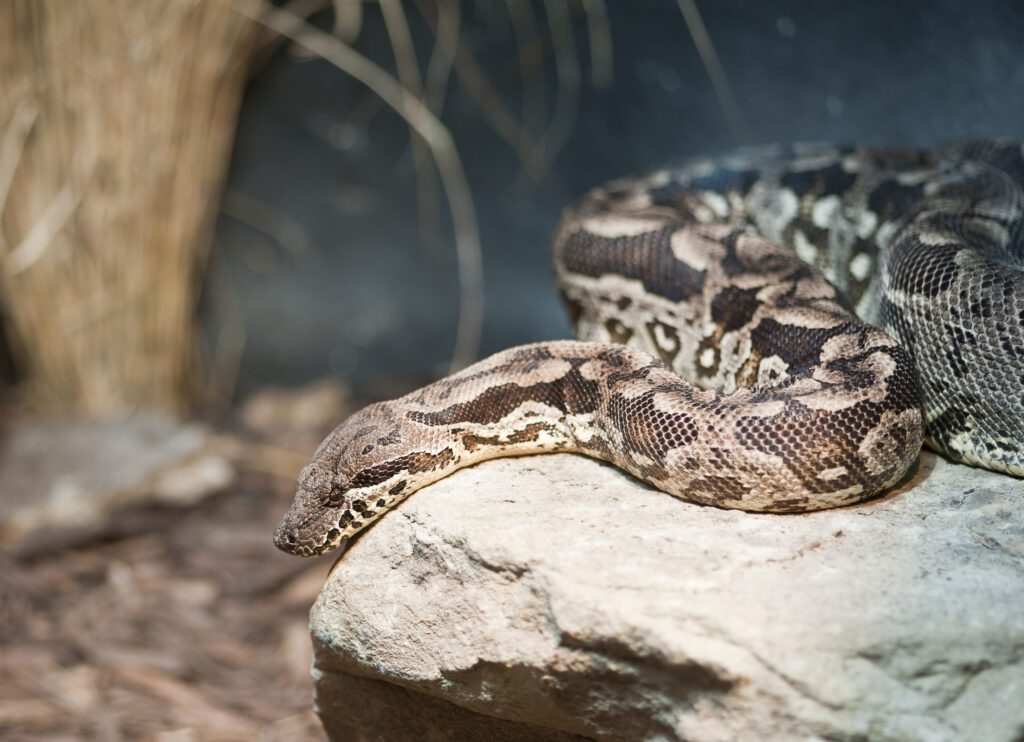
Dumeril’s Boas in Captivity
Dumeril’s boas were once exported from Madagascar in large numbers and remain very popular in captivity. Averaging at around 6-7 feet in length (although some individuals will exceed this) with reasonably docile temperaments, Dumeril’s boas became an interesting alternative to other large constrictors during the reptile-keeping boom of the 80s.
Dumeril’s boas are now listed under CITES Appendix 1 (Annex A) and have been since 2008. This means that they require an Article 10 certificate to be traded in the UK. Chris Newman, Founder of the National Centre of Reptile Welfare said: “We see Dumeril’s not infrequently at the centre and they almost never have valid paperwork. Historically, enforcement on this was robust in the UK, however, for the past ten years or so it has been largely ignored as they are so commonly kept and bred that most probably don’t have valid paperwork as they were never chipped. In the EU, they are far more formal about these things but in the UK, you are not legally required to have an A10 for a species you are just keeping as a pet.”
Although the Acrantophis genus has retained its colloquial title of “boa” despite its loose taxanomic connections to New World Boids, their captive care is entirely different to almost all commonly-kept “boas”. Husbandry-wise, Dumeril’s require a setup far more akin to the pythons of southern Africa. This is unsurprising given that Dumeril’s boas occupy arid and semi-arid landscapes across southern Madagascar. They are reasonably adaptable and thrive in extremely hot and dry conditions by shielding themselves underground. This behaviour is extremely distinct from even the Dumeril’s closest cousin, the Madagascar ground boa (Acrantophis madagascariensis).
Dumeril’s boas in the wild
On a recent trip to Madagascar, we visited Anja Community Reserve, near Ambalavao in the Haute Matsiatra Region of southern Madagascar to find and photograph Dumeril’s boas. Anja is a small patch of forest, home to the most Northernly occurring population of ring-tail lemurs (Lemur catta). The local farming community that protects Anja and the tourism brought in by the lemurs, have also indirectly created a small oasis for many species of reptiles. We found several dumerili, but also Nosy Komba ground boas (Sanzinia volontany), water snakes (Thamnosophis sp.) and cat-eyed snakes (Madagascarophis sp.) In our experience, the boas were abundant and the several individuals that we found were all in very good condition. Even in a landscape heavily altered by farming, the snakes appeared to be thriving. Two of the three individuals were found by local farmers in burrows beneath the ground. The surface was typically composed of highly compacted soil. Around the perimeter of the fields, softer soil allowed for some shallow burrows and tall grass provided shelter from the harsh sun. In the evening, we found a large adult (around 7 feet) basking by the side of the road at 5.30 pm, just before dusk.
The individuals we found were extremely docile, despite two of them preparing to slough. We soon gathered a large crowd of local farmers and their children who were understandably confused at a group of westerners gathering around a 7-foot-long snake. There was no animosity towards the animal from the local people who exemplified the (broadly) positive relationships between man and animal in Madagascar. Many tribes across the country believe that once a human dies, their soul is carried by the nearby animals. This is even more important for the Dumeril’s and Madagascar ground boas whose patterns are said to portray the faces of people who have perished and whose souls are now carried by the snakes. Both species of Acrantophis are highly variable, so it is easy to see how these tales have resonated through generations.
In the wild, Dumeril’s boas are at the top of the food chain. In our experience, the most abundant medium-sized lizards were Grandidier’s rock swifts (Oplurus grandidieri) and girdled lizards (Zonosaurus madagascariensis). Mynah birds (Sturnidae), little egrets (Egretta garzeta) and several species of bat are found nearby and as the reserve also has the highest density of ring-tailed lemurs in the region, one may assume that the Dumeril’s boas would predate on the occasional juvenile lemur.
The reptiles of Madagascar have not evolved to fear large predators. Juveniles may be exposed to birds of prey and some populations may also be predated upon by carnivorous mammals, but once the Dumeril’s boa reaches adult size their only threats are traffic and livestock. The IUCN reports that Dumeril’s boa population numbers are stable, which is a rare phenomenon for Malagasy herpetofauna. This provides some evidence of their adaptability and is a good indicator of their care requirements.
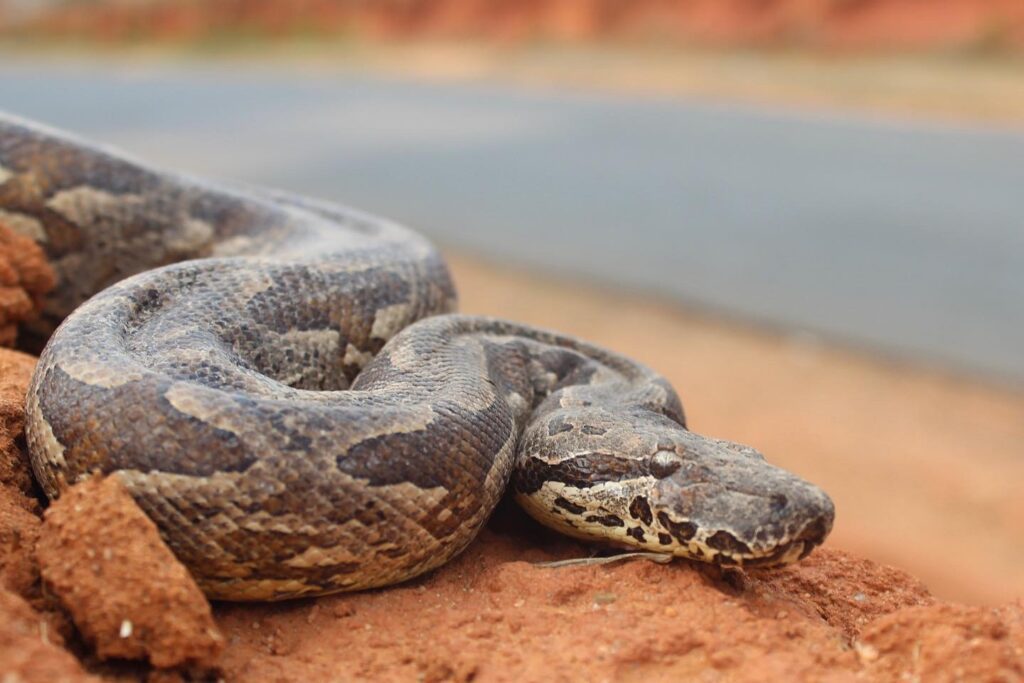
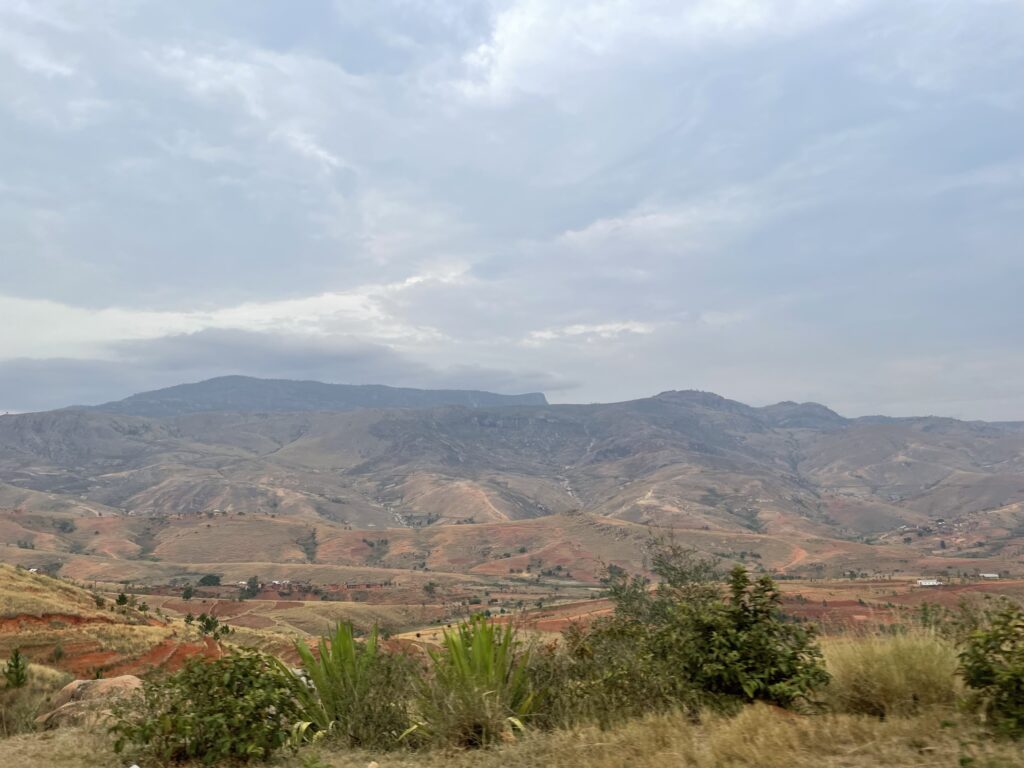
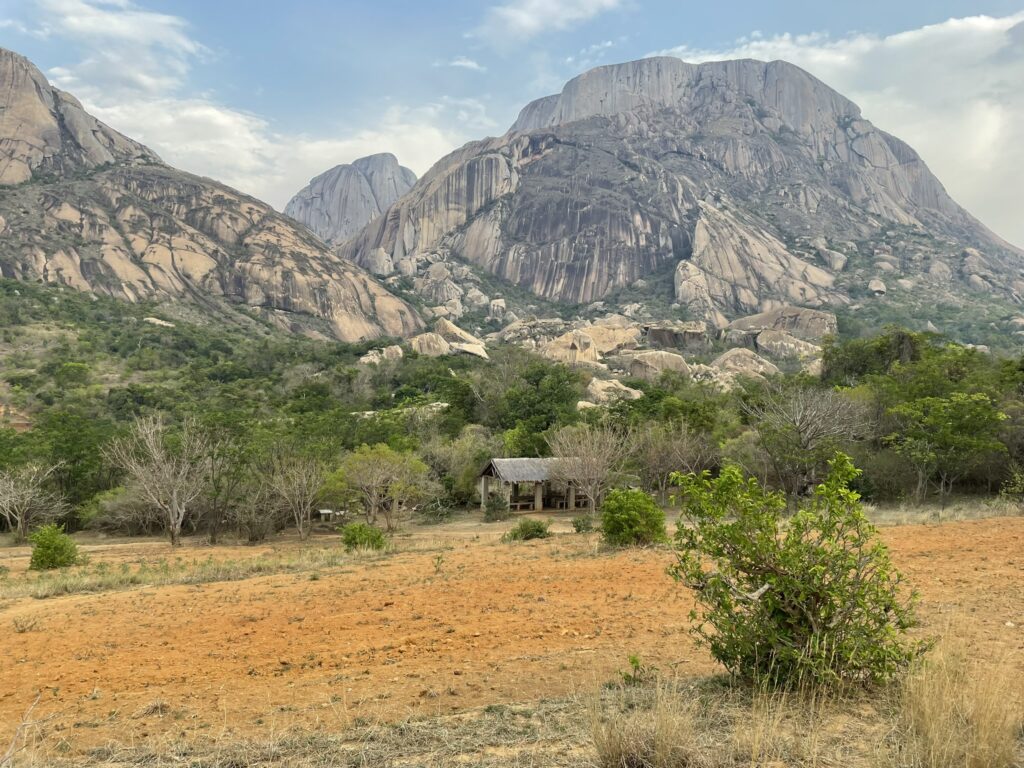
Keeping a Dumeril’s Boa
Dumeril’s boas can vary drastically in size, so keepers should always aim to provide as large an enclosure as possible. An average-sized snake will reach around five feet and so a 4 X 2 X 2 wooden vivarium would meet all current enclosure size regulations. However, some individuals can reach up to nine feet in length and therefore quickly outgrow even the largest commercial vivarium. This is certainly something that all Dumeril’s boa keepers should consider when planning their set-up. If the keeper is hoping to house the animal into adulthood, additional electricals may be required to enlarge the basking spot, décor may need to be fixed with screws and more robust hides should be used. Therefore, even though Dumeril’s boas are often a manageable size and generally have great temperaments, the prospective keeper should be prepared to keep a large constrictor.
Many people confuse Dumeril’s boas with Madagascar ground boas. Although they are closely related, their husbandry requirements are different. Madagascar ground boas occupy forest floors in semi-tropical regions and will often climb trees and occupy humid caverns in tree trunks. They move through thick layers of leaf litter and occupy microclimates of reasonably high humidity in North Madagascar. However, in southwestern Madagascar, the soil quality is poor with a high proportion of sand. Dumeril’s boas occupy the burrows of other animals amongst this compacted, nutrient-poor soil to escape harsh, dry conditions. In captivity, the substrate should reflect this. ProRep’s BioLife Desert and BeardieLife are perhaps the closest commercially available mimics of this soil. However, ideally, the enclosure should be split into two. The “hot” half should host the basking spot (of around 32°C) with a desert substrate and plenty of rocks and stones, while the “cool” half should have a malleable substrate (with a greater ratio of soil, coco chips and leaf litter) for the snake to bury into.
Dumeril’s boas are primarily nocturnal, although they will bask in the early evening. As such, they have low UVB requirements despite occupying regions with intense daytime sunlight. A Zone 2 HO-T5 positioned the length of the enclosure should provide a broad radiance of UV for the snake to absorb. Although dumerili occupy arid regions, they are also at home on high plateaus and thus benefit from an occasional gentle spike in humidity. Morning misting can provide this spike and support the snake during shedding.
Handling and feeding
The Dumeril’s boa is typically a very docile snake. Like many animals in Madagascar, it has not evolved a particularly defensive demeanour as there are no “large” predators in Madagascar and very few medium-sized ones too. This means that although some birds of prey could potentially attack a young snake, even wild dumerili are not likely to strike at a person. However, despite being evolutionary distinct from New World boas, Dumeril’s boas have an equally enthusiastic feeding response in captivity. There are a few techniques that can be used to prevent a bite, such as tactile training methods (touching the snake before handling to establish that it is not dinner time), washing hands thoroughly and not interfering with a feeding routine. This means that although Dumeril’s boas are well suited to captivity when cared for appropriately, they should still only be kept by confident keepers who will be resilient, should the snake become temperamental or grow larger than expected.
Nature’s Imitation Game: Emerald Tree Boas and Green Tree Pythons
High in the forests of South America and the Indonesian archipelago, jewel-toned snakes drape themselves…
The Wall Lizards of Ventnor Botanic Garden
Tucked away on the sun-soaked southern coast of the Isle of Wight, UK lies a…
Thinking Like a Snake: Field Insights into Emerald Tree Boa Husbandry
Among keepers, few snakes inspire as much awe as the emerald tree boa (Corallus sp.)….
Herping Arizona Monsoons 2025 – Part One
Arizona encompasses vast stretches of Sonoran, Colorado, and Mojave Deserts. It’s scattered with 10,000-foot-high mountains…
“Extinct” Doves Hatch at Chester Zoo
Eight chicks belonging to a dove species that has been extinct in the wild for decades…
Naming Nature: Where Taxonomy Meets Pop Culture
From David Bowie’s lightning bolt immortalised in the iridescent fur of a spider, to Jackie…
